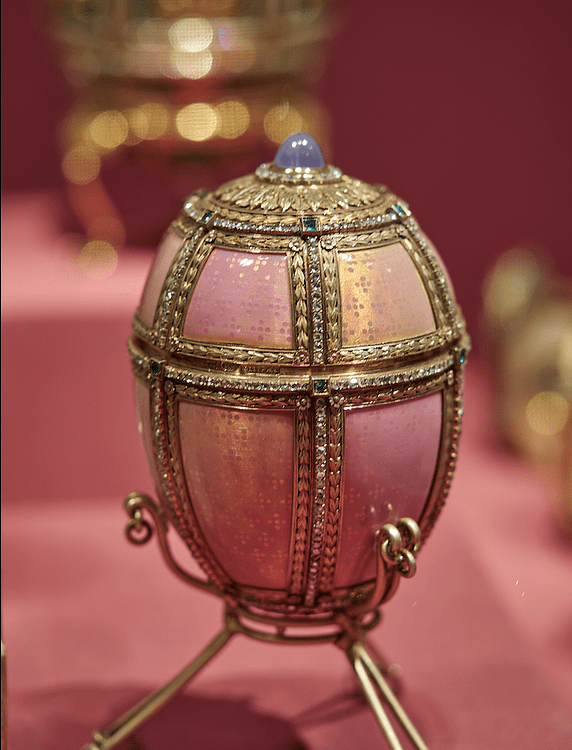The tradition of giving miniature Easter eggs was not a new one but when Tsar Alexander III (r. 1881-1894) commissioned Peter Carl Fabergé (1846-1920) to make one for Easter in 1885, a legend was born. Over 50 eggs were made by the masters of Fabergé's workshop, many of them for the Russian imperial family as Alexander and then his son Nicolas II (r. 1894-1917) gave these to their wives and, in the case of the latter, also to the Dowager Empress each year at Easter.
Fabergé and his masters were unparalleled in their ability to work with enamel, precious metals, and jewels, creating unforgettable masterpieces of miniature art. In addition to their obvious artistry, many of the eggs contained a miniature surprise such as a small model of a carriage, a statuette, or a series of tiny paintings. For other eggs, the surprise was in some sort of mechanical movement such as a singing bird or revolving gallery. Finally, the majority of the imperial eggs were highly personalised creations that showed the royal cipher of the recipient or inscriptions and miniature paintings that were relevant to the story of the royal family. In this gallery, we look at 26 of the finest examples of the surviving eggs, all made for the imperial family and a stunning introduction to the magical world of Peter Carl Fabergé.

